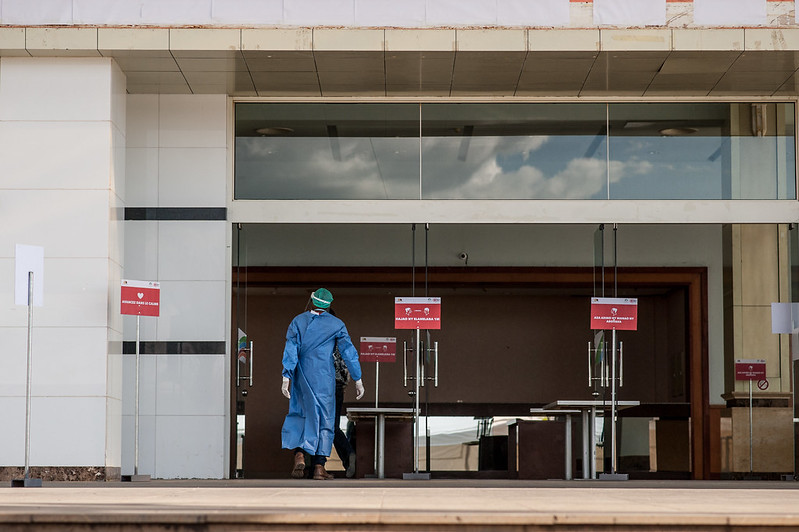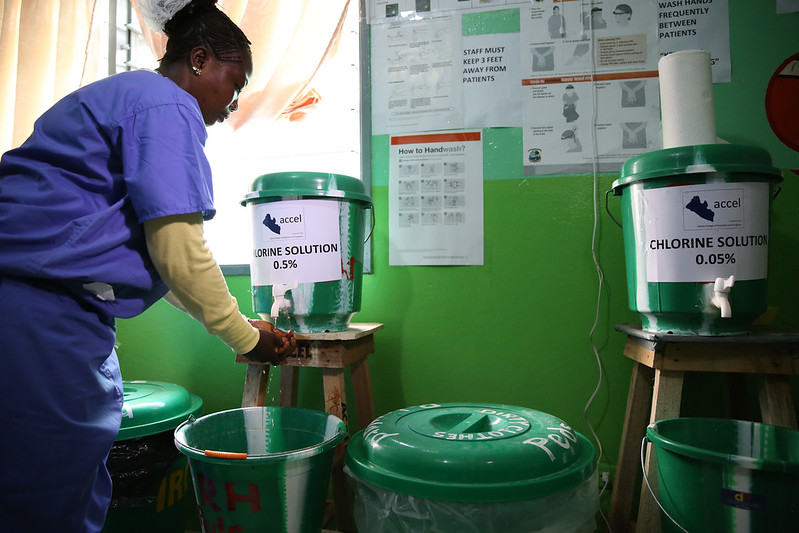Over at Foreign Policy, I have a column this week about Michael Clemens' work on migration as a tool for disaster recovery. On the second anniversary of the Haiti quake, there has been some progress towards reconstruction and recovery, but it is slow. And one big reason for that is the snail's pace rate of disbursement of international donor funding for reconstruction. The US, for example, has only disbursed about 30% of the resources it promised back in 2010 –and there’s a big gap between donor disbursement and impact on the ground. Furthermore, only about 2% of US aid actually went to the government of Haiti –and a similar trifling amount went to Haitian firms as direct contractors. In contrast, as Michael’s work shows, migration can be a powerful –and rapid—tool to get money in the hands of disaster victims and their families.
Writing the piece and thinking about the pace of recovery efforts stirred up old
angst about the broader problem with disaster relief and recovery support. All too often, we try to deliver it like development assistance. But reconstruction and development are two different things. Development is about making things better than they were. Development assistance in the (very) traditional model is about providing foreign exchange to fund investments with payback over many years. In the ‘new and improved’ model, it is about catalyzing higher returns to investment across the board through innovative approaches and institutional strengthening. Either way, it is about technology transfer, ‘best’ (or at least better) practices, and the long term.Reconstruction, on the other hand, is about ‘getting back to where we were’ as quickly as possible. That doesn’t take institutional development or innovation or technology transfer. It doesn’t require consulting expertise in global best practice, or international firms with the newest machines. Most importantly, it takes giving money to local people and governments to rebuild their lives.Of course we have higher hopes than that in the post-disaster period. We are going to build back better. And, surely, we all want Haiti to be better than it was before the quake. But what a terrible time to try development –in the immediate aftermath of a disaster that has left a considerable chunk of the population homeless, killed off a horrible amount of the human capital required to innovate and reform institutions, and made it even more of a daily struggle to stand still, let alone advance.Traditionally, relief and development were handled by different groups who worked in different ways. Recently, donors have pushed for a merger of the two. I’m not suggesting the record of either relief or development groups was perfect in the past, but it might be fair to say the record of ‘relief and development’ isn’t any better, and is often be a considerable distraction.For disaster recovery, a new model of giving money direct to victims is increasingly practicable thanks to mobile money –indeed, it was done by
Mercycorps in Haiti. I'd suggest combining that with funding local governments –however inefficient and corrupt—to get back to their former state of (dys)function. Wait on the development assistance until life looks a little more normal.
CGD blog posts reflect the views of the authors, drawing on prior research and experience in their areas of expertise.
CGD is a nonpartisan, independent organization and does not take institutional positions.





